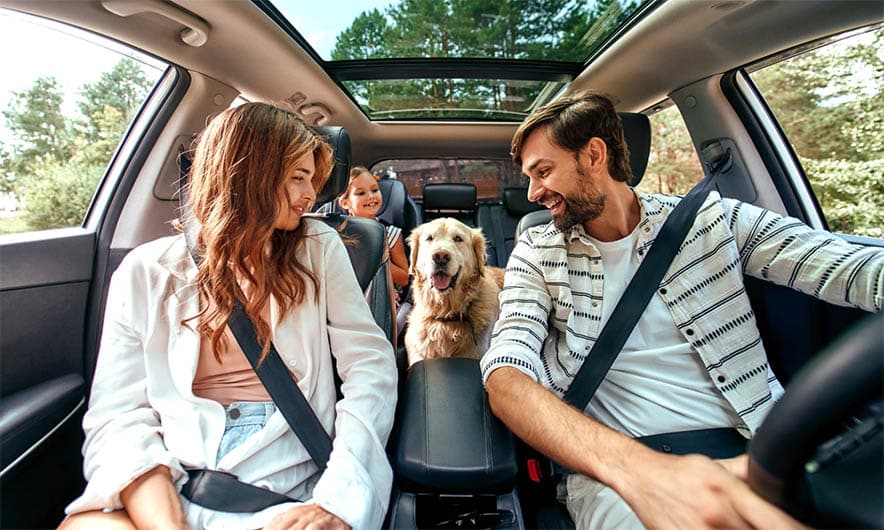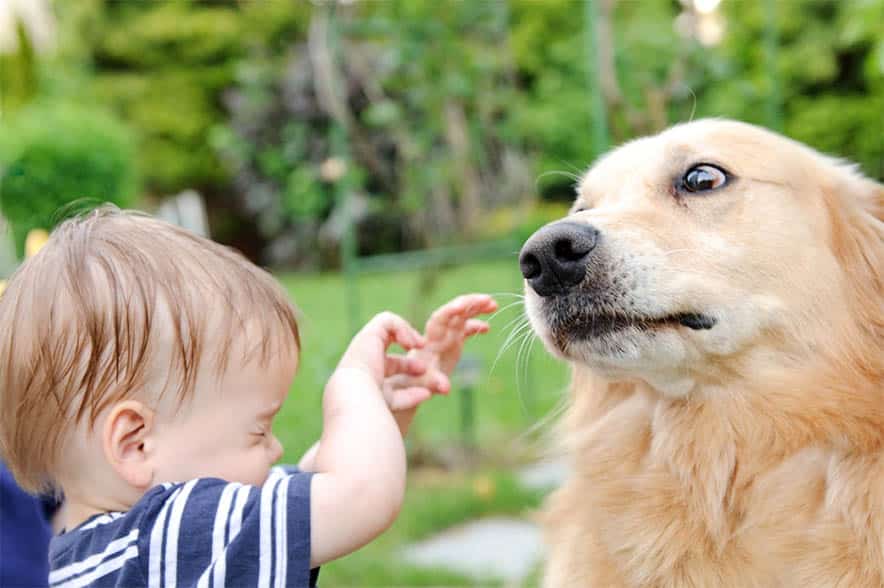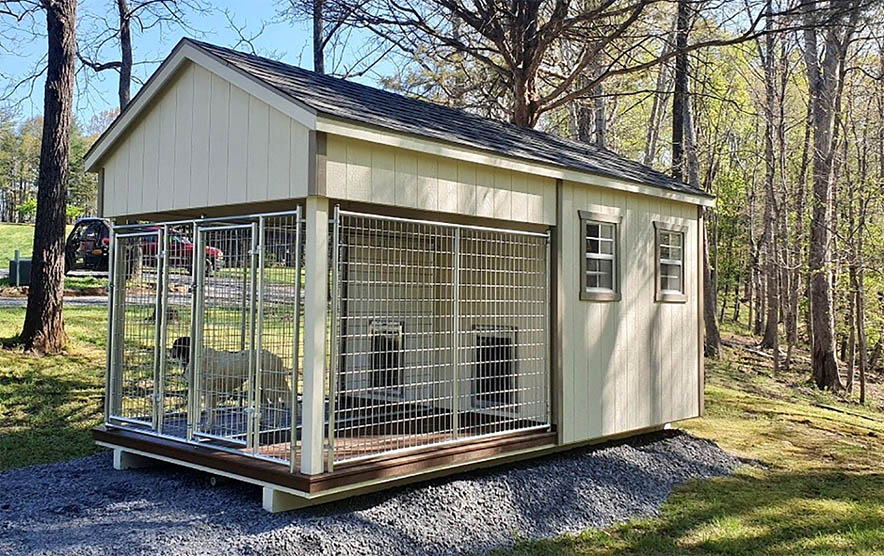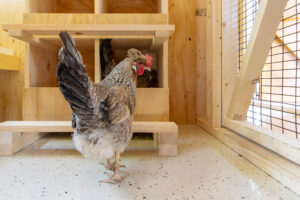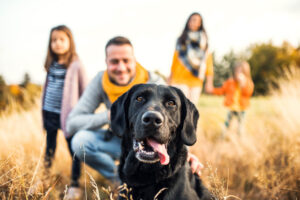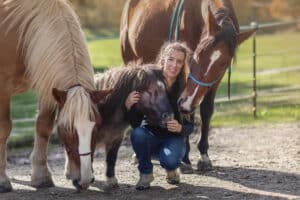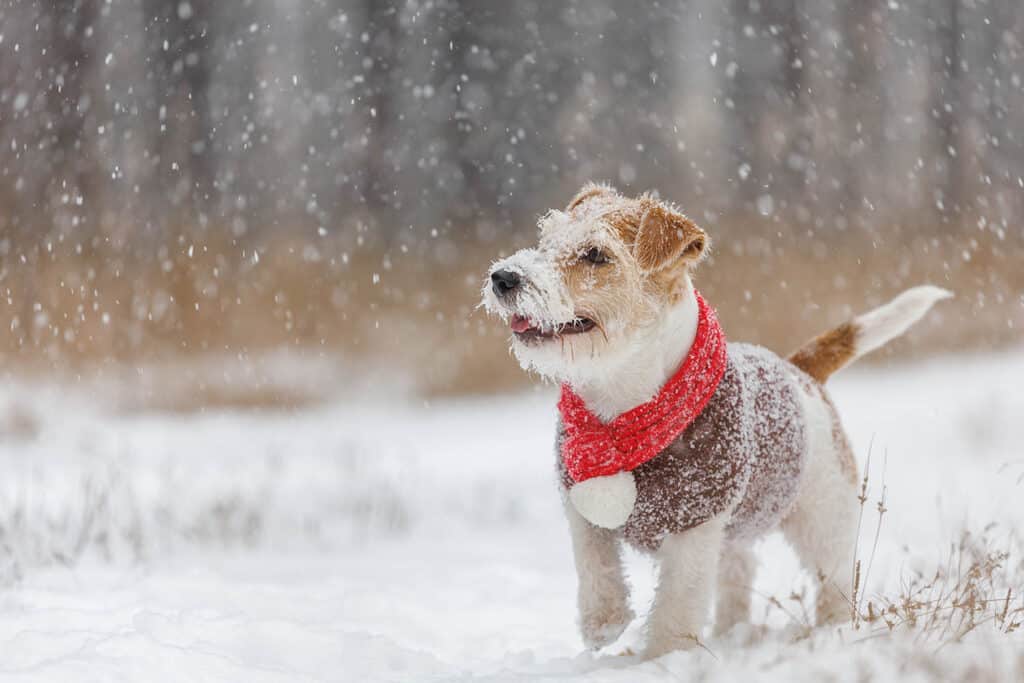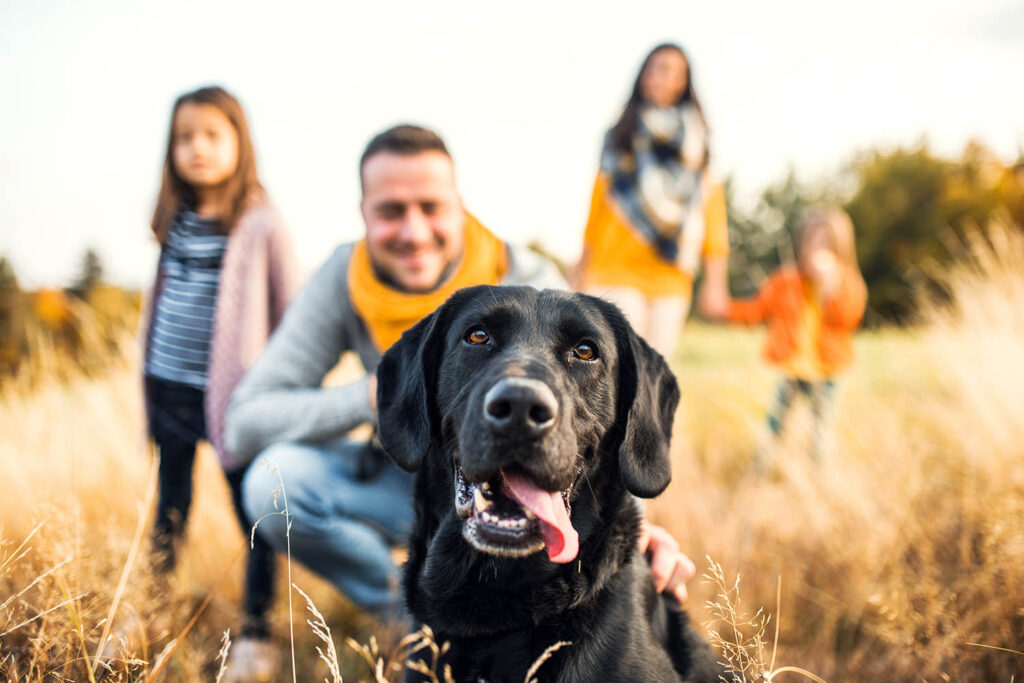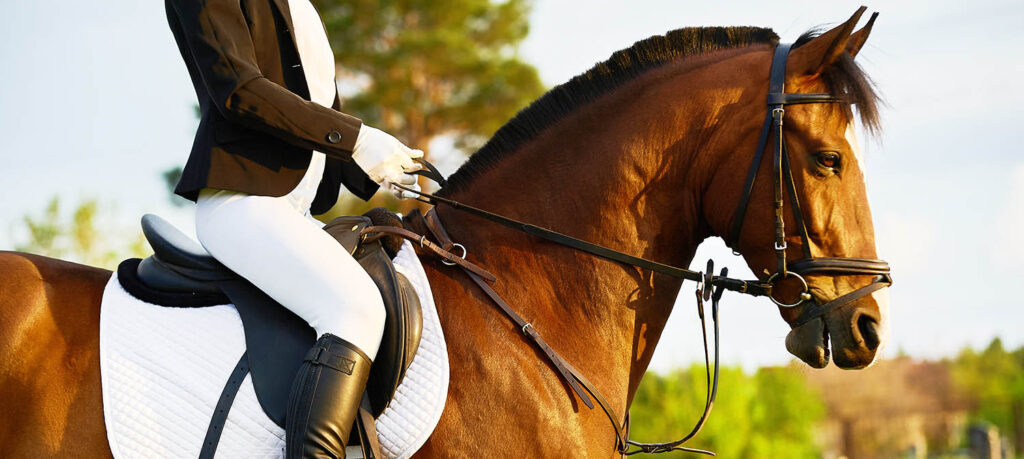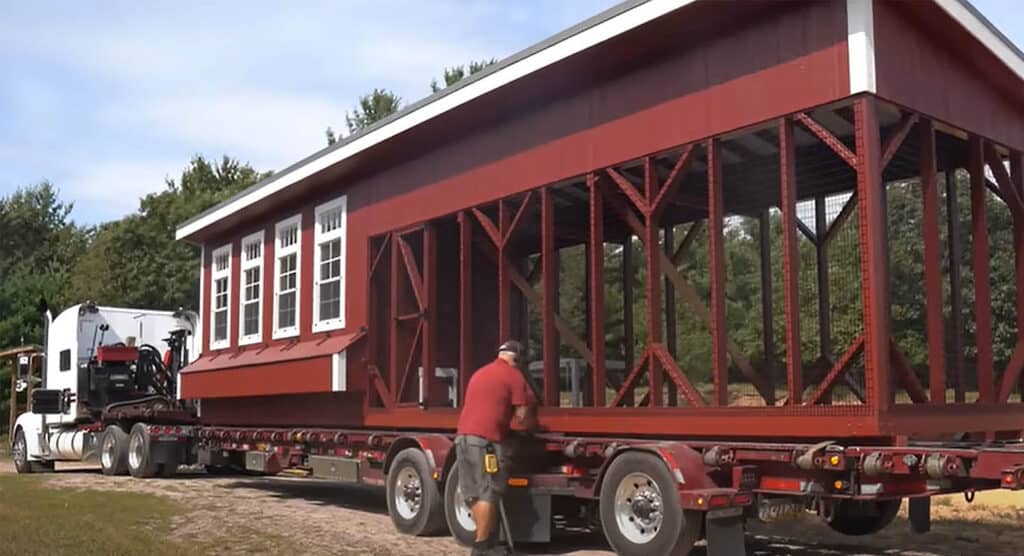It is not uncommon for family members and friends to ask for an invite to your home that includes not just the 2-legged family members, but the canine contingent too. It is hard to say no to such requests especially if you already have pets in the house and don’t have allergies or other issues that would negate the viability of extending the invitation to the 4-legged furry critters belonging to family and friends.
Promises of keeping the guest dog or pet under control and ‘house trained’ echo in your head as you contemplate exactly where you are going to put this canine newcomer and worry over how it will get along with your own wee beasties, other animals such as horses and livestock and even more importantly your own children, especially if your kids are young. The invasion of your home space by the guest dog can create tension between visitors both the canine and human species.
Pet hates for most people are guest dogs that jump on furniture, jump up at people, take food from countertops or tables, have poor housetraining resulting in ‘accidents’ in the home, or antagonize the family cat, bird, or other residents.
In an ideal world, all guest dogs and their human caregivers would exist in harmony with whatever critters are already housed in their established territory at your property. In reality, this is seldom the case.
‘Critical mass’ can be quickly reached by you, when your senior dog is terrorized by a young rambunctious guest dog, damage to furniture or floors in the home is realized by an enthusiastic canine visitor, or a dog fight actually breaks out.
When it comes to upsetting your family dog(s) by visitors, the guest dog can only be half the problem in the stress equation. Visiting children can also cause mayhem by ragging on an older dog due to lack of supervision causing it to become defensive and exhibit self-protective behavior that shocks even you. The consistent good training you have put into your dog can be undone at least temporarily by guests feeding it with table scraps or letting it loose in the backyard where it quickly runs off.
Recognize Signs of Stress in the Dog
It is commonly stated that over 70% of dogs experience stress on a regular basis according to studies, and the signs of distress can be easy to recognize.
Pacing, growling, barking or signs of aggression are easy enough to notice but there are some more subtle nuanced signs that if spotted early and pets are separated can avoid fights or mishaps. The American Kennel Club has great advice on how to tell if your dog is stressed.
Once you notice either your dog or a guest dog is showing signs of stress, the question then becomes what to do about it. Common sense would dictate the first action to take would be to separate the dog that is stressed from the dog or human that is causing the reaction. This is not always easy to do with someone else’s animal or child. Here are some ideas on how you can at least protect your own animal’s well-being and mitigate the risks associated with introductions between canines and how a Plan B can help.
Best Management Techniques Start Here
Introducing a guest dog to your family dog(s) can be tricky to manage but there are ways to do it that can help ensure a good outcome in most situations. Always have a person to manage each dog and keep each dog on a leash for the introduction. An initial meet and greet should always be executed in neutral territory and never in your pet’s home or outdoor yard (territory) if possible.
Here is a super resource on how to complete that important first meeting between your dog and a guest canine.
But even if the dogs get along with each other, you may still have to deal with other members of the family or your clan of friends who don’t obey the ground rules when it comes to how to interact with your dog.
Many people earnestly believe the best way to make friends with an animal is to feed it. When you set out nibbles with cheese, grapes, and garlic biscuits intended for your human guests don’t be surprised to find these snacks make their way into your dog’s diet even if you’ve explained a thousand times dogs shouldn’t even eat these products and you don’t allow table scraps in his diet.
Have A Plan B
Even when the best groundwork to establish a good relationship between a guest dog and your own canine contingent or human visitors is laid things can go awry.
Older dogs are susceptible to becoming overwhelmed by the onslaught of attention from visitors, both human and canine. A rescue animal may be intimidated by an unusual amount of noise or commotion. Even the friendliest of family pets can turn aggressive if provoked, and it is difficult to supervise the melee when you are busy entertaining guests.
While shutting your dog in the master bedroom may seem a solution, it usually ends up in a lot of whining and further stress on the dog. Certainly, closing the visiting pet in a room is a recipe for disaster, as it may claw and scratch at doors, chew on wood and fabrics and generally become ’undone’ being confined in an unknown space.
A better ‘Plan B’ is to have a kennel in the backyard that your dog is already accustomed to using for short periods.
Is A Kennel A Punishment?
The reality is that a kennel is not a dog prison unless you make it one. Proper use of a kennel can make it a happy home-from-home for your family pet.
A deep sense of security can be enjoyed by the dog that is trained to the kennel in the right way, and it is worth learning about it as a worthy option for management of your pet, not just during family or friend visits, but also for other times when you are distracted or away from home, or simply need to keep the dog out of the house for a bit due to working from home, house renovations or construction projects.
Which Kennel Is Best?
The size of the kennel box is key in making your dog comfortable. Too big and he won’t feel secure, too small and it won’t give him the freedom to move that he needs.
A wood kennel offers natural insulation and will extend the benefit of the kennel use in cold and hot weather. Choose a kennel that is sturdily built on a pressure treated wood frame that keeps the floor of the kennel off the moisture producing ground.
Ideally your kennel will have an easy clean floor surface, with a drain placed to the exterior wall and not in the center and an attached covered deck area that is secure that the dog can freely utilize as it chooses with provision of a door between the box and the pen. Here is a good article on how to select the best options when buying a kennel.
Learn To Say “No”
When dogs are properly introduced and socialized with other dogs and with children, most dogs will get along together with everyone just fine. But in some cases, dogs as guests can be hard to manage.
Unfortunately, some people just assume their pet is welcome to stay in your home as part of the guest ensemble.
Some of the worst offenders when it comes to self-inviting their dogs for a stay at your home are your adult children. Just because your adult kids visit and wish to bring their own pets, doesn’t mean you have to say “yes” to their requests.
In fact, the closer the family dynamic is the more likely it is that assumptions will be made by your own kin. The thought process is that as your kids grew up with dogs in your home or know your pet, it will be just fine for them to add their own canine to the family gathering.
Whoever is asking for the privilege of bringing a guest dog to your home, learn to simply say, “No,” if you are uncomfortable with the arrangement.
Even garden areas that theoretically are dog-friendly spaces because they are outdoors can quickly be destroyed or damaged by dogs digging up the soil or rampaging through delicate flower beds where plants have been carefully nurtured.
Others should understand that it is a huge ask to bring a pet along with them on a house visit and if you are kind enough to grant the request it is up to them to properly supervise their pet.
Don’t be shy to do what works best for you and your dog and equally don’t assume that your dog is welcome at other people’s homes either. It’s a big ask.


